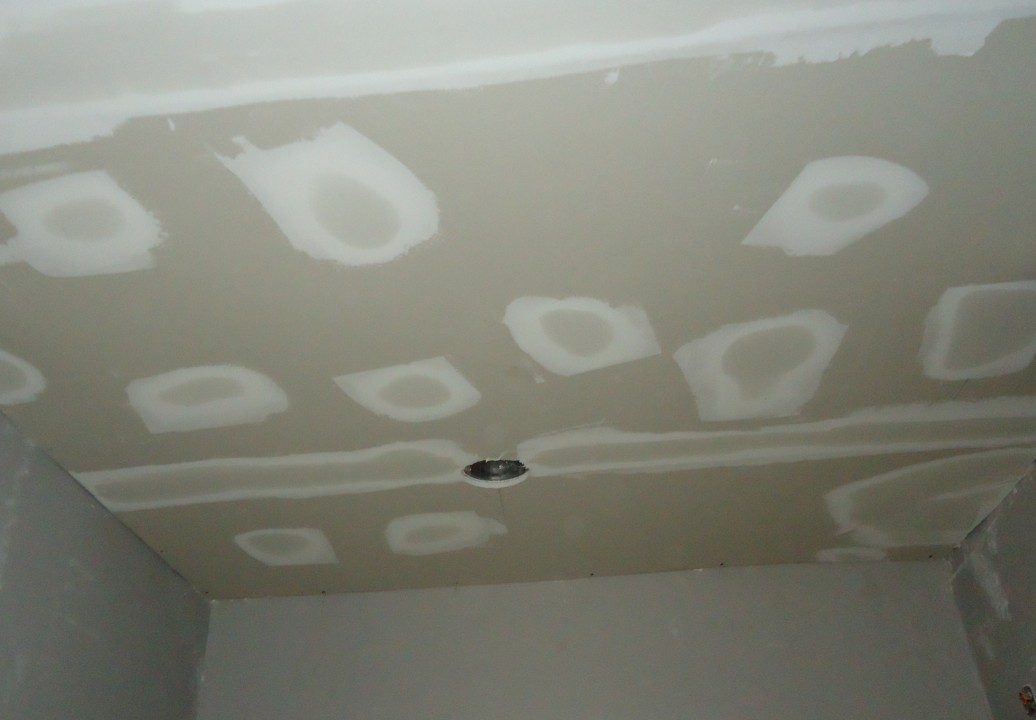Polyfilla on:
[Wikipedia]
[Google]
[Amazon]
 In the United States and various other countries, spackling paste or spackle is a
In the United States and various other countries, spackling paste or spackle is a
Polycell UK
/ref>
Official Website
Home improvement Building materials Plastering {{product-stub
putty
Putty is a material with high plasticity, similar in texture to clay or dough, typically used in domestic construction and repair as a sealant or filler. Although some types of putty (typically those using linseed oil) slowly polymerise and be ...
used to fill holes, small cracks, and other minor surface defects in wood, drywall, and plaster. Typically, spackling is composed of gypsum plaster from hydrated calcium sulfate and glue
Adhesive, also known as glue, cement, mucilage, or paste, is any non-metallic substance applied to one or both surfaces of two separate items that binds them together and resists their separation.
The use of adhesives offers certain advant ...
.
Comparison with joint compound
Spackling paste is comparable and contrastable with joint compound. They look similar and serve the similar purpose of filling in low spots in walls and ceilings. The chief differences are that spackling paste dries faster, shrinks less during drying, and is meant for smaller repairs, whereas joint compound (called drywall mud by many builders and contractors) dries slower, shrinks more during drying, and is meant for filling the seams among multiple sheets of drywall across a large installation, such as a whole room or a whole house. It is not uncommon for the general public to call any of these products "spackle" in a vague way, but tradespersons usually specify joint compound (drywall mud) when that is specifically what they mean.Trademark
''Spackle'' is a registered trademark of the Muralo Company, located inBayonne, New Jersey
Bayonne ( ) is a city in Hudson County, New Jersey, United States. Located in the Gateway Region, Bayonne is situated on a peninsula located between Newark Bay to the west, the Kill Van Kull to the south, and New York Bay to the east. As of ...
. Muralo's product is dry powder, to be mixed with water by the user to form putty or paste. It was brought to market in 1927, then patented and trademarked in 1928. The term ''spackle'' has since become a genericized trademark applied in the United States to a variety of household hole-filling products. (Such products may also be referred to as "spackling" compounds.)
The first written appearance of the generic use of the word ''spackle'' was around 1940. The product name was likely derived from the German word , meaning "putty knife" or "filler." Other possible origins include Russian (tr. ; to fill holes with putty or caulk), Polish (spatula or putty knife), and Yiddish (to fill in small holes in plaster), all of which are likely derived from German.
Polyfilla
In the UK, Ireland, South Africa,Australia
Australia, officially the Commonwealth of Australia, is a Sovereign state, sovereign country comprising the mainland of the Australia (continent), Australian continent, the island of Tasmania, and numerous List of islands of Australia, sma ...
, and Canada, the brand "Polyfilla", multi-purpose filler, is used as a generic term for spackling paste, even though it differs from spackle in being cellulose based. The manufacturers claim that it has an advantage over spackle in that it does not shrink or crack./ref>
See also
* Caulking *Putty
Putty is a material with high plasticity, similar in texture to clay or dough, typically used in domestic construction and repair as a sealant or filler. Although some types of putty (typically those using linseed oil) slowly polymerise and be ...
* Home repair
* Joint compound
* Plastering
References
External links
Official Website
Home improvement Building materials Plastering {{product-stub